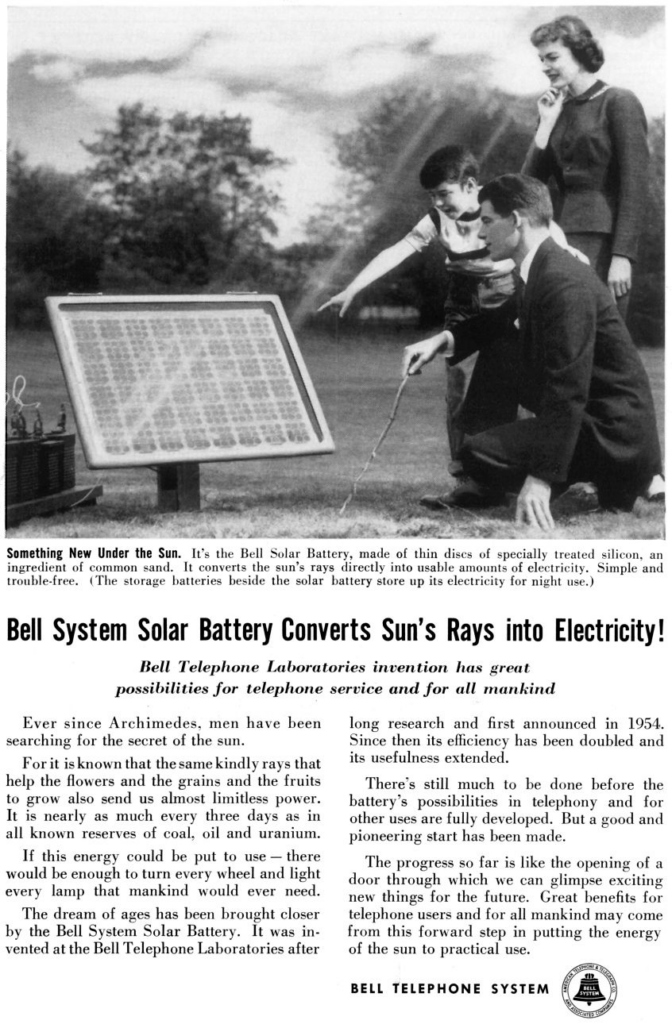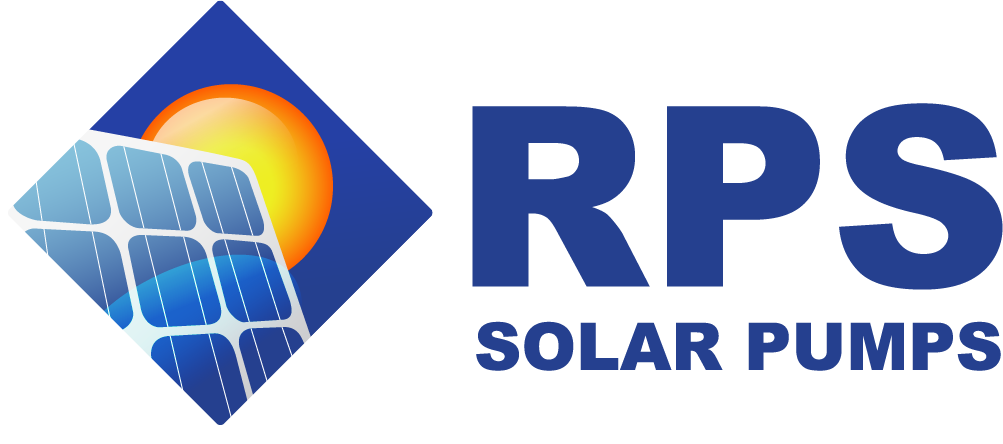History of Solar Pumping
HISTORY OF SOLAR PUMPING
Since ancient times, humans have been putting the sun to work! From the Greeks and Romans to the Anasazi people of the Pueblo region of the US, we’ve been harnessing sunlight and altering our home spaces to take full advantage of the sun’s energy.

How did solar panels come about?
The first proper photovoltaic solar panel was developed by Bell Labs in New Jersey by inventor Daryl Chapin in 1954. But before then, many other scientists and inventors developed the building blocks for the solar technology we have today.
Some of these include French scientist Edmond Becquerel who discovered the photovoltaic effect in 1839 and Charles Fritts, an American inventor, described the first solar cells made from selenium wafers.

Solar since the 1950’s
Throughout the 1950s, the efficiency of solar cells kept on increasing, from 8% in 1957 to 14% in 1960. In the 1960s, the first telecommunication satellite TelStar 1 launched by Bell Labs feature the most cutting edge solar cells into space.
Since 2008, solar power has become increasingly popular as a renewable form of energy, as its price became affordable to a much wider market.
When was the first solar water pump used?
We believe it to be in 1913 on the outskirts of Cairo, when an inventor from Philadelphia named Frank Shuman built the world’s first solar thermal power station, using the abundant Egyptian sunshine to pump 6,000 gallons of water a minute from the Nile to irrigate a nearby cotton field.
6,000GPM?!? That’s a lot of water!

These days, solar technology for solar pumping is improving and becoming more affordable all the time! Here at RPS, we’re excited to be a part of putting the sun to work and helping others learn about it, and implement it on their farms and ranches.


